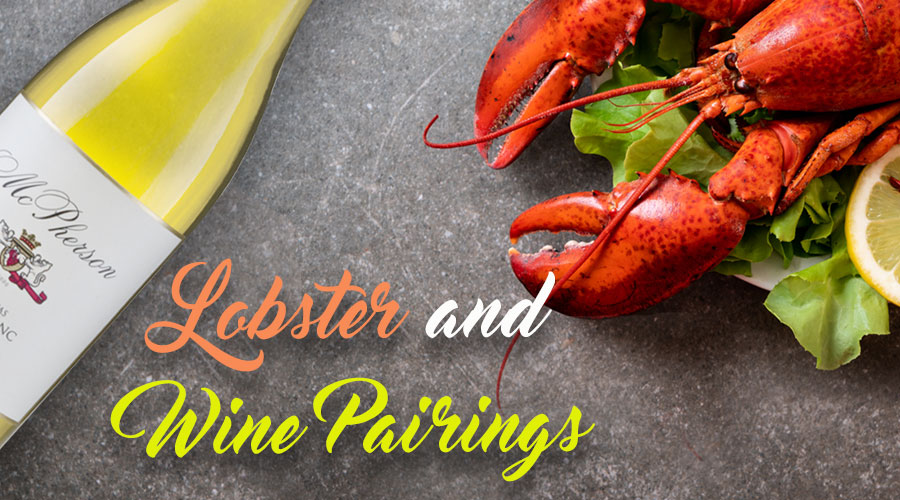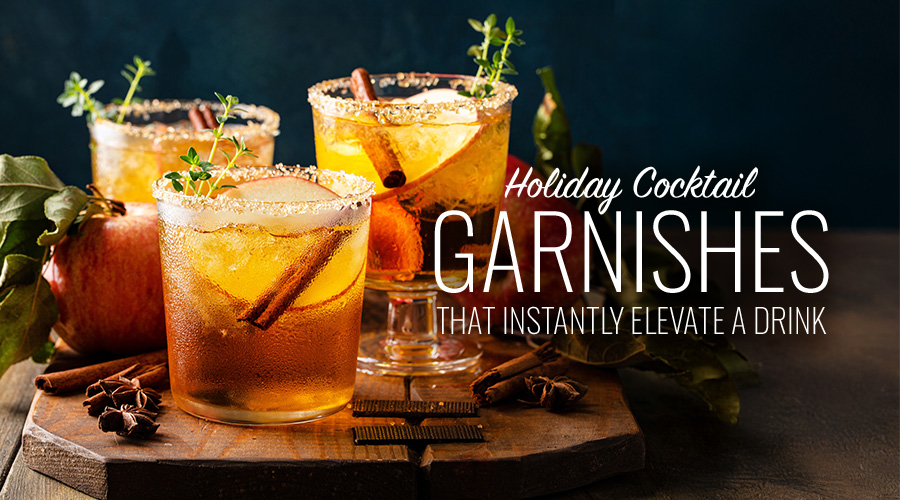
Lobster, the most decadent of crustacea, has been delighting humans since 1984. Ok, more likely since humans first discovered them dwelling below the surface of the ocean.
Timelines aside, lobster is ridiculously tasty! Always has been, always will be. But did you know there are different kinds of lobster? As a general rule, if it has front claws it’s a cold-water lobster. If it has no front claws and five appendages, it’s a warm-water lobster.
Types of Lobster
There are four types of warm water lobster and 2 types of cold-water lobster.
Warm water lobsters, also called rock lobster or spiny lobster, consist of Pacific Lobster, Caribbean Lobster, South African Lobster, and Australian Lobster. While cold water lobsters include Canadian Lobster and Maine Lobster.
Lobsters are known for their smooth sweetness and perfectly textured meat. Add a tub of hot butter and you’ll be in mouth nirvana. But how do you wash down perfection?
With wine, of course!
And lucky you, we’ve got a list that you may want to turn into a lobster bib for quick reference.
Maine lobster is the most popular lobster you’ll find in the States, so that’s what we’ll focus on.
Best Wines to Pair with Lobster
Chenin Blanc
If you ever head up to Maine, local fishermen and restaurant owners will agree that a good Chenin Blanc is the best choice you can make. The abundant citrus flavors, higher acidity, and lighter body pairs wonderfully with the lightly salty and sweet meat of a Main Lobster.
Chardonnay
Chardonnay is also a wonderful choice due to its oaky, buttery texture in addition to its crisp fruit-forward notes. Chardonnay works well with creamy sauces in a lobster dish or even just steamed with a buttery glaze.
Riesling
Riesling with its high acidity, sweet floral notes and fruitiness is an ideal partner for lobster’s sweet meat. It suits lobster cooked in Asian or spicy sauces. And due to the heavier citrus notes, it also highlights the natural partnership between lobster and lemon.
Sauvignon Blanc
A Sauvignon Blanc pairs well with lobster dishes rich in herbs and greens due to its herbaceous nature. Try it with boiled or steamed lobster to put its acidity and zest to full use.
Chianti
If you find yourself faced with a tomato-based lobster dish, you might want to try a lighter Chianti. Compared to most reds, Chianti has enough acidity, low tannins, and enough herbaceous notes to enhance both the sauce and the lobster.




